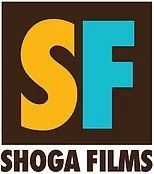The Miscegenated Origins of The Dance That Defined A Decade

The Charleston reigned supreme as the dance of the Roaring Twenties. There were other shorter-lived crazes, most notably the Black Bottom, but the Charleston endures in popular memory. And, like all popular dances that swept through white America, it had its origins in African American culture. A close look at the social history of any of these dances (the fox trot, the Lindy Hop) will enmesh us in the tangle of American racism, but as the Charleston will celebrate its centenary in 2023, let us begin in 1923.
But actually, we have to go back to 1921 with the huge, unexpected success of the all-Black musical, Shuffle Along, and its introduction of Black styles of dancing and music to Broadway. The impact of Shuffle Along rippled out, with nine African-American musicals opening between 1921 and 1924. White producers were anxious to get in on the act, literally speaking, One literal white, George White, figured that if he lured the stars and librettists, Flournoy Miller and Aubrey Lyles, to write a knock-off of Shuffle Along, success was assured. Miller and Lyles obligingly created a sequel for themselves: same characters, same setting (Jimtown), same blackface minstrelsy. So unapologetic was the theft that White wanted to name his show Shuffle Along of 1923 until threatened with legal action.
Runnin’ Wild opened in October and ran a respectable 228 performances. The musical might have subsequently disappeared into well-deserved obscurity but for the flaming success of a dance number created and staged by Black female choreographer, Elida Webb. (She had also been a dancer in Shuffle Along.) But Webb hadn’t invented the moves. They had already come to Harlem from South Carolina.
In order to raise money for his orphanage in the first years of the 20th century, the African-American Reverend Daniel Jenkins of Charleston formed a brass band made up of his charges. At that time the Jenkins Orphanage band was mainly performing Gullah, or “geechee music.” True to that tradition, the ensemble featured young dancers performing “geechie” steps in front of the band as if conducting. There are various stories about how the dance moves came north, but come they did. James P. Johnson, the composer of Runnin’ Wild, claimed that some of his music was inspired by “geechie dancers” he’d seen while playing in New York dance halls.
For Runnin’ Wild, Johnson wrote “The Charleston,” the angular, upbeat composition we all know and love (if grudgingly). Webb’s staging was, by all accounts, brilliant. While a single female performer (Elisabeth Welch -- quoted in “T’Ain’t Nobody’s Bizness”) sang and performed the moves that were soon to go viral, a chorus of Dancing Redcaps provided polyrhythmic “Juba patting.” James Weldon Johnson, the past and future author of the Harlem Renaissance (whose full flowering was still a couple of years away) testified as a member of the audience.
They did not wholly depend upon the orchestra—an extraordinary jazz band—but had the major part of the chorus supplement it with hand and foot patting. The effect was electrical and contagious. It was the best demonstrating of beating out complex rhythms I have ever witnessed; and, I do not believe New York ever before witnessed anything of just its sort.
From the Broadway stage, patronized by white audiences, the dance spread everywhere . . . and lasted through the decade.
Fun Queer Harlem Renaissance factoid:
One of the Dancing Redcaps was Pete Nugent, brother of Richard Bruce Nugent. Pete Nugent went on to an extremely successful dance career. Though they both spent their lives in the same city, Richard never mentions his younger brother.
Recent Posts
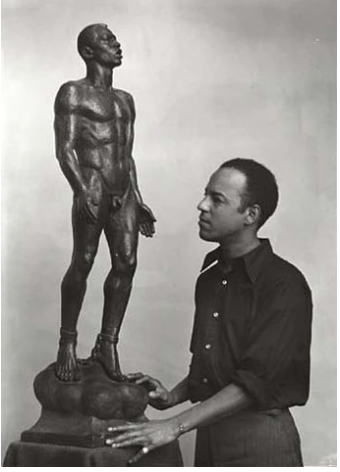
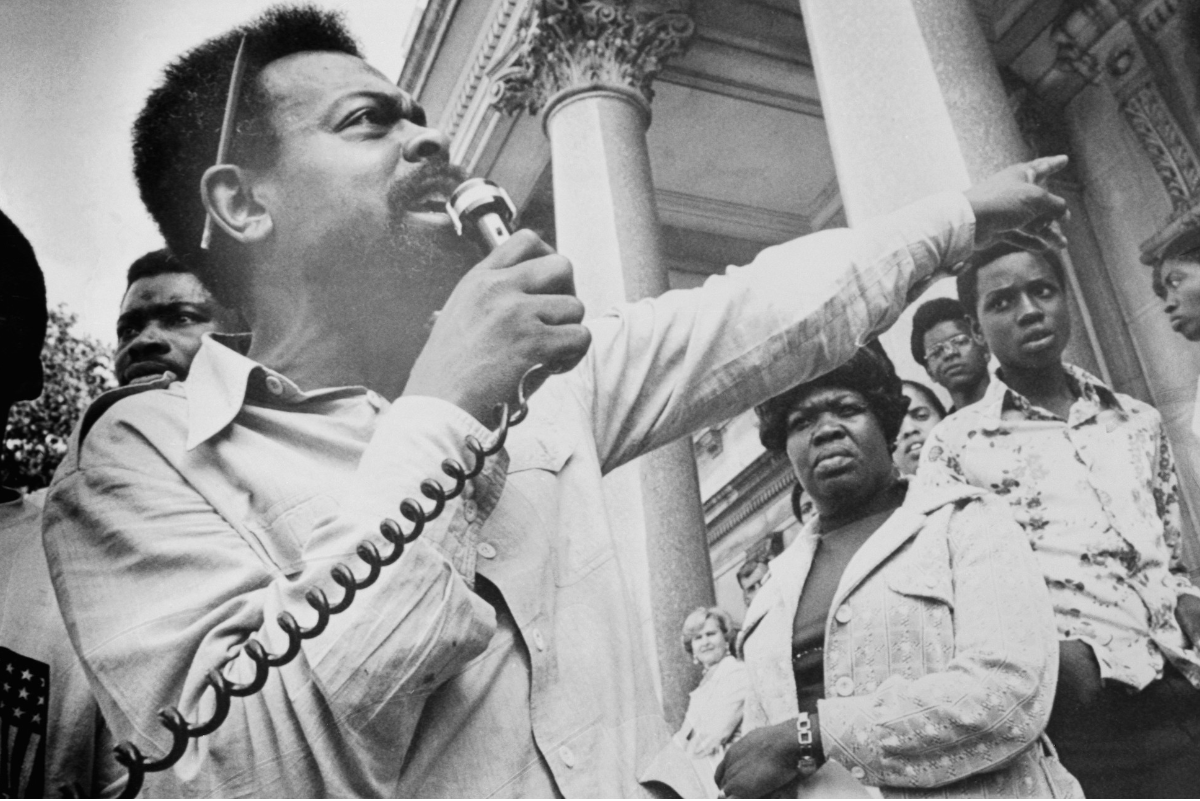
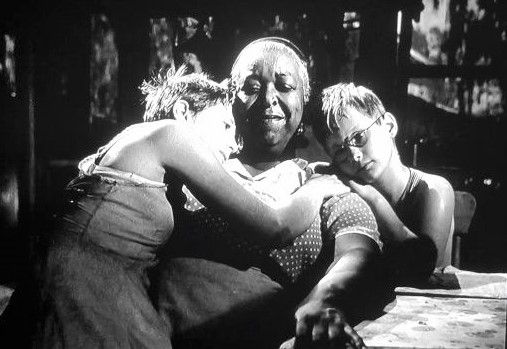
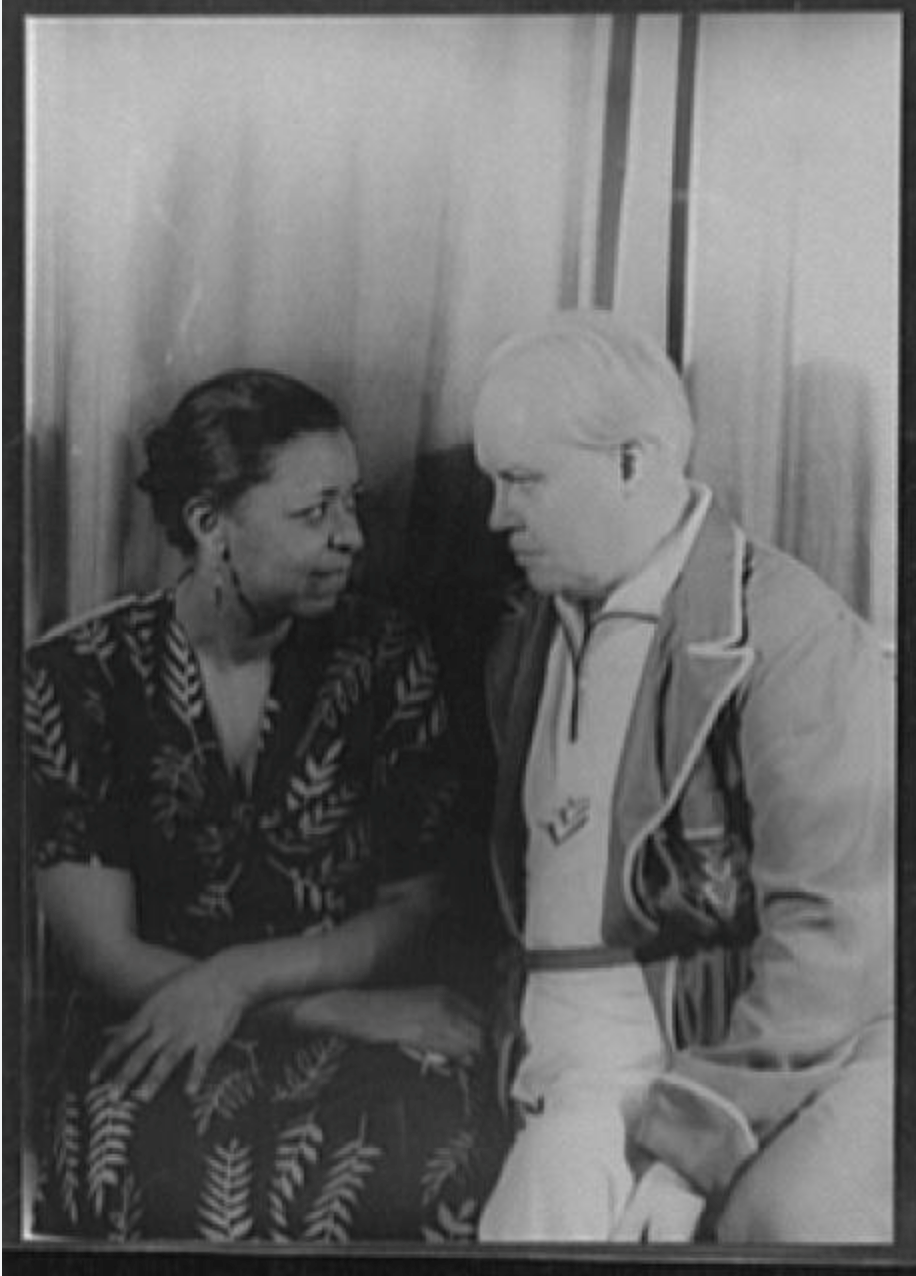
SHOGA FILMS is a 501(c) (3) non-profit production and education company. We create multimedia works around race and sexuality that are intended to raise awareness and foster critical discussion.
Contact Us
All Rights Reserved | Shoga Films
Stay Connected
Thanks for subscribing!
Please try again later.

